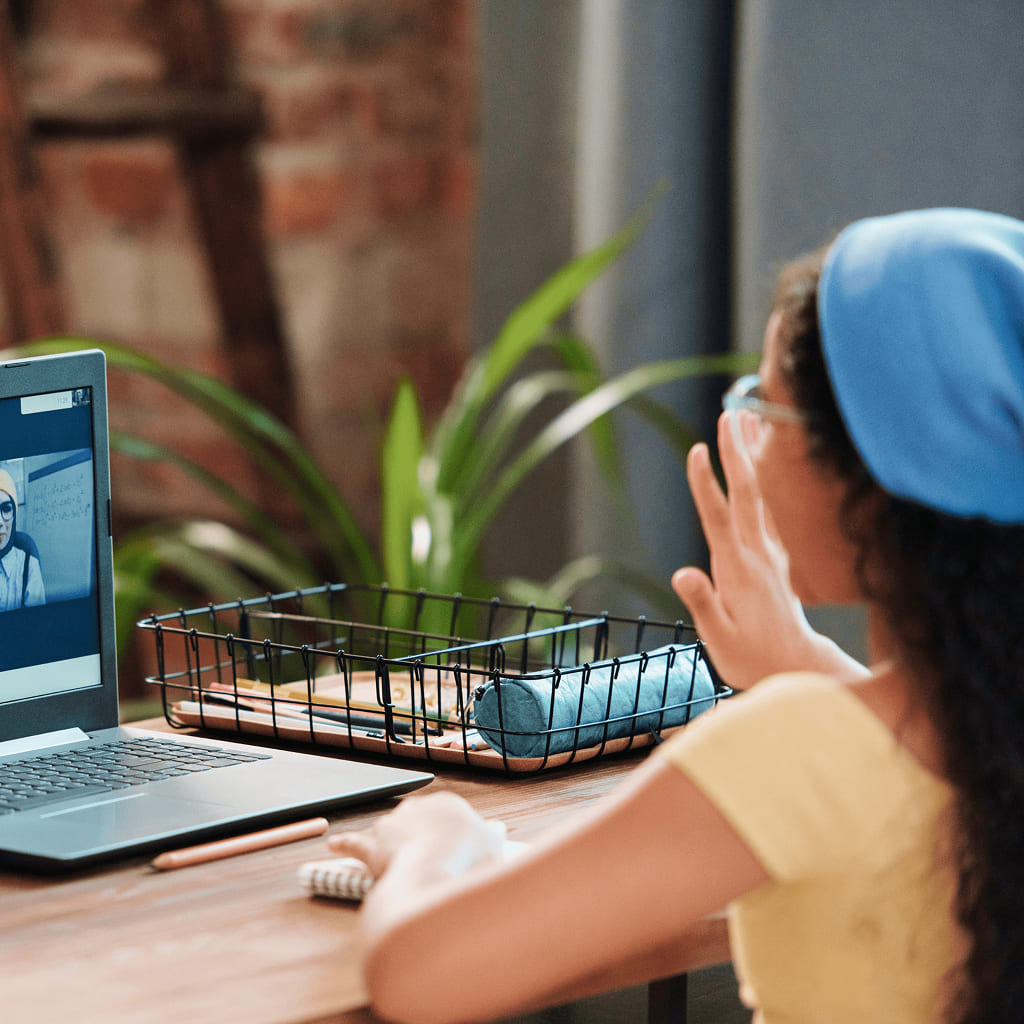Resources
Resource Center
Article
Preventing the "Summer Slide": 5 Ways to Keep Kids Learning & Engaged All Summer Long
By incorporating these tips, the only summer slide you'll have to think about is the water slide at the pool or the tube slide at the playground!
Join the Hazel mailing list
Oops! Something went wrong while submitting the form.

Create or sign in to my account
We’re giving every young person the care they need.
Create or sign in to my account



-min.png)
-min.jpg)










.png)





















.jpg)





